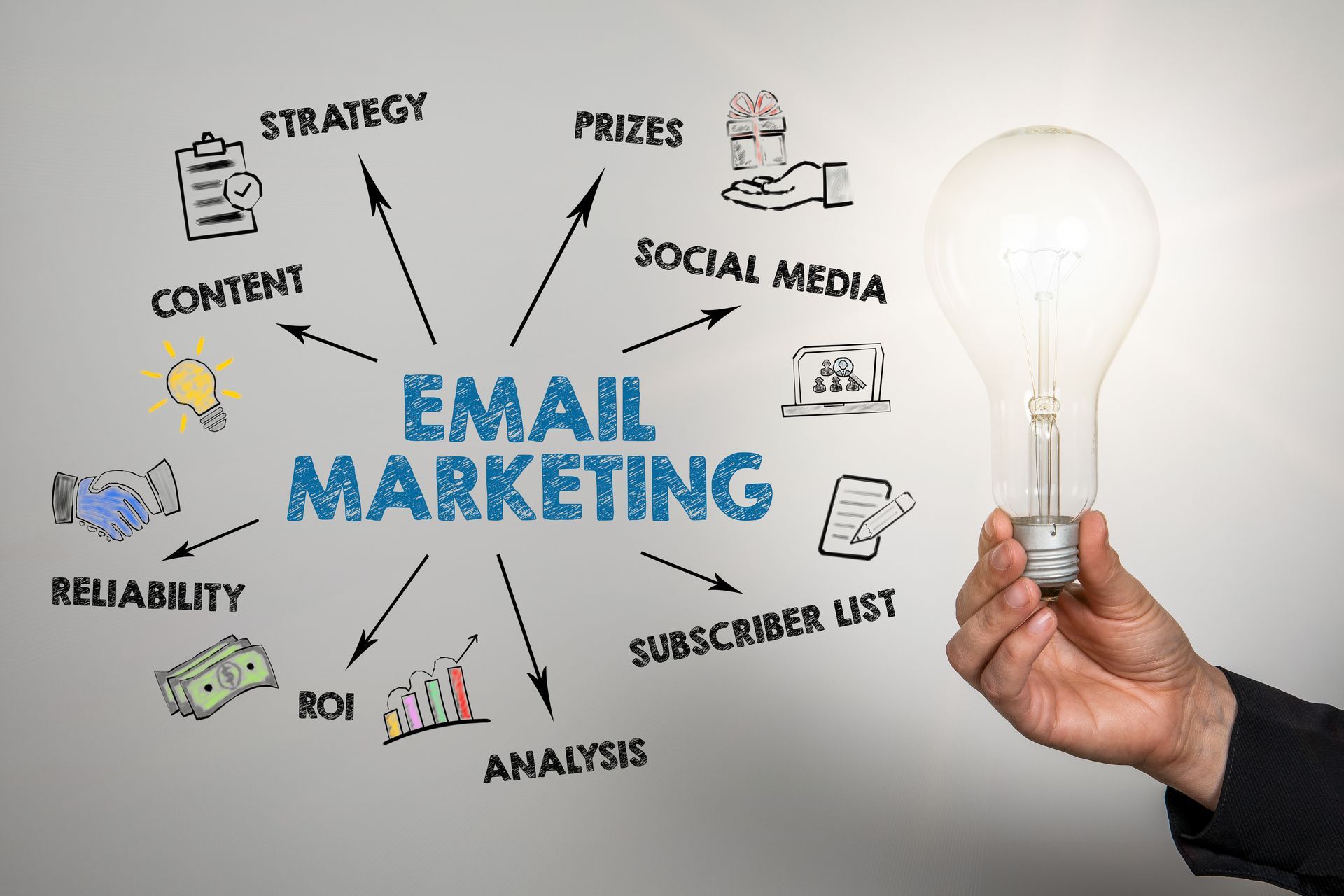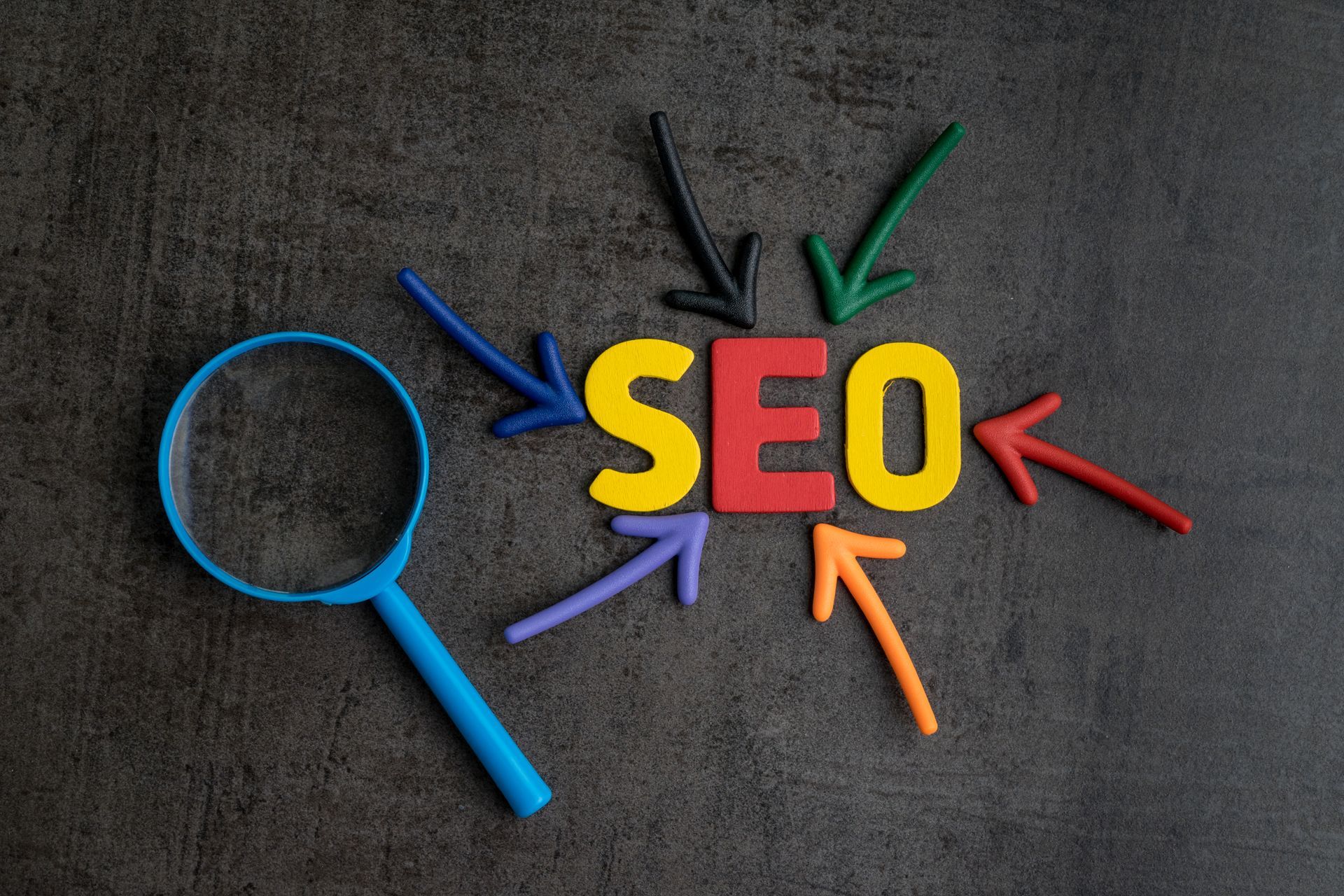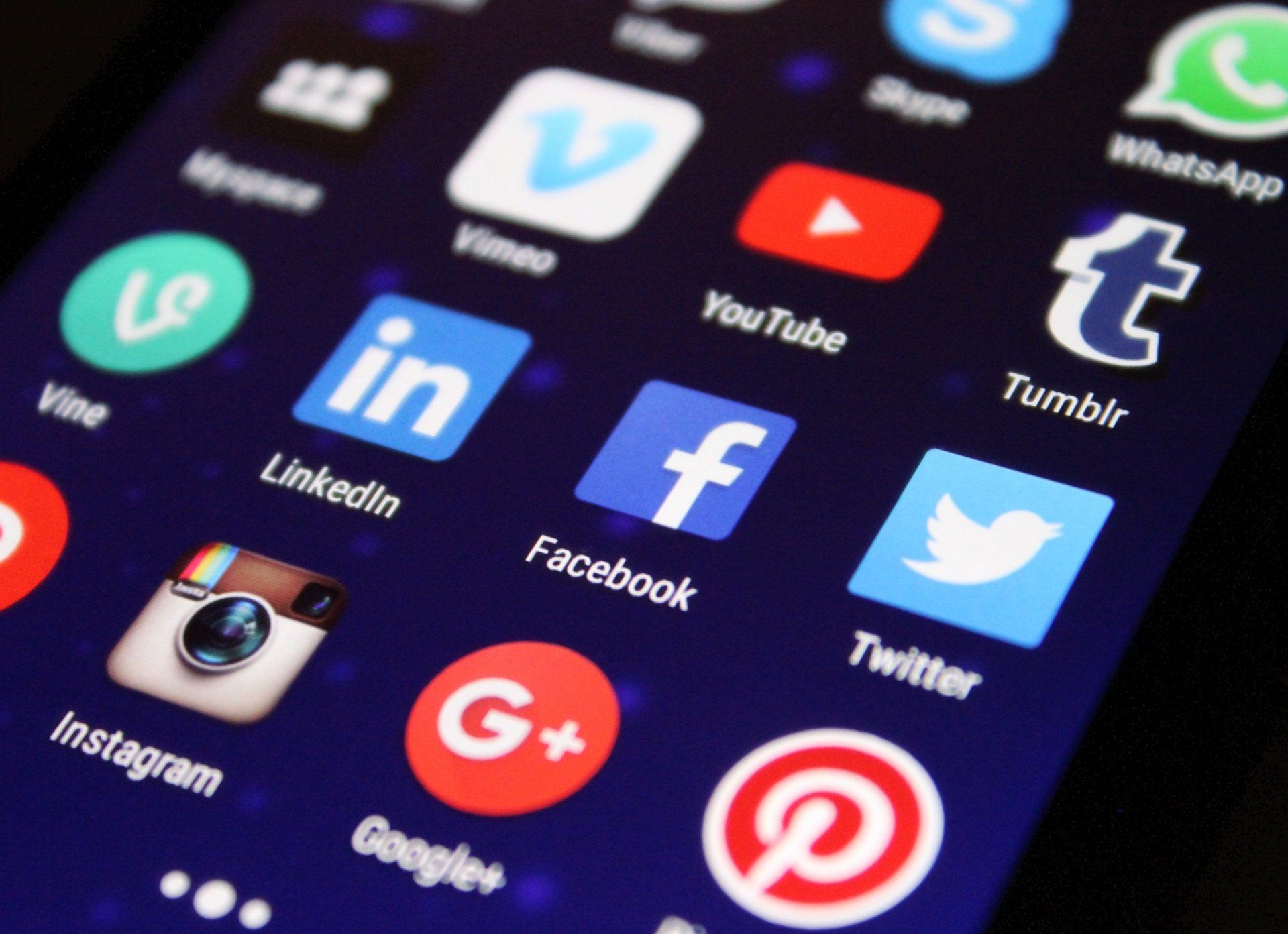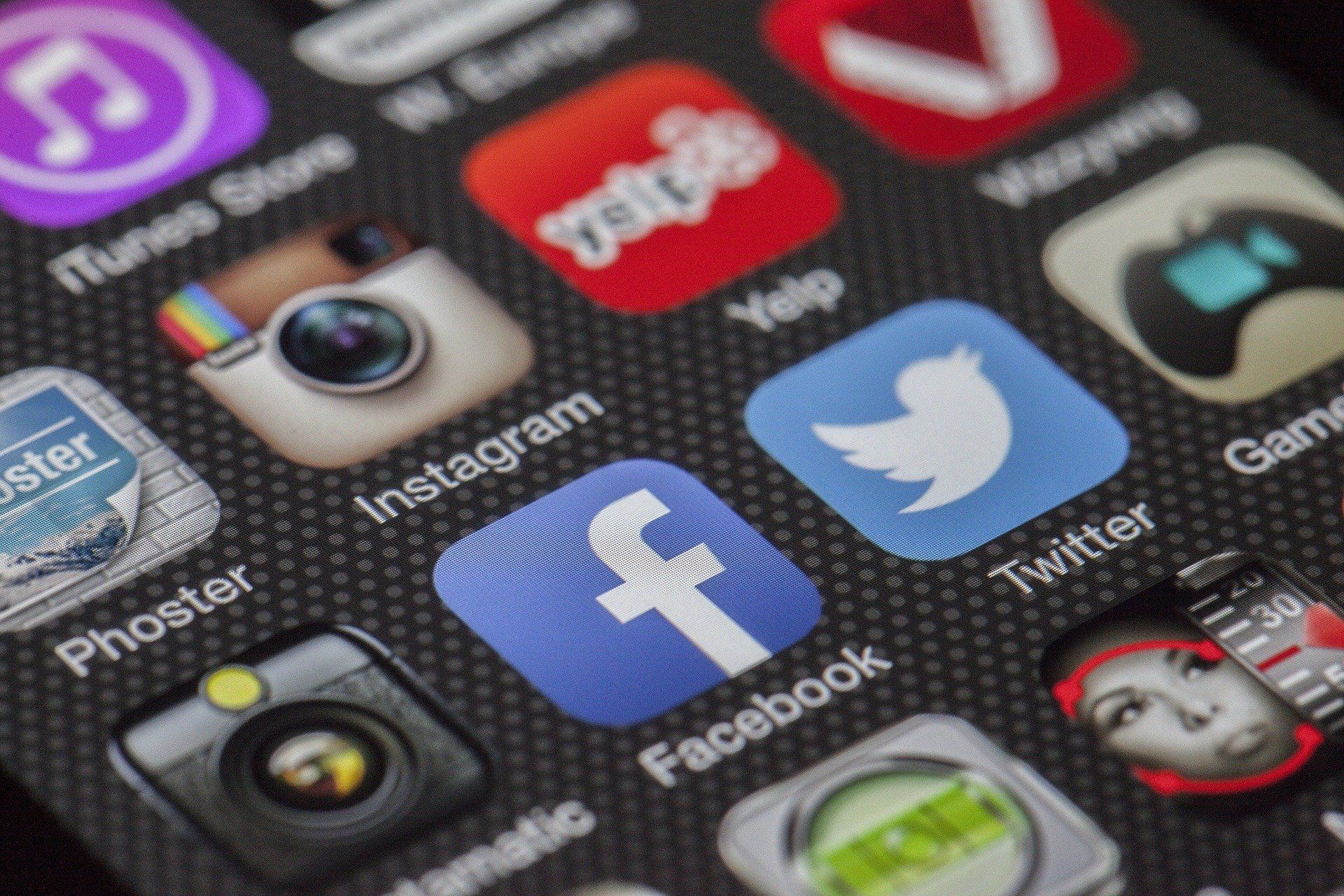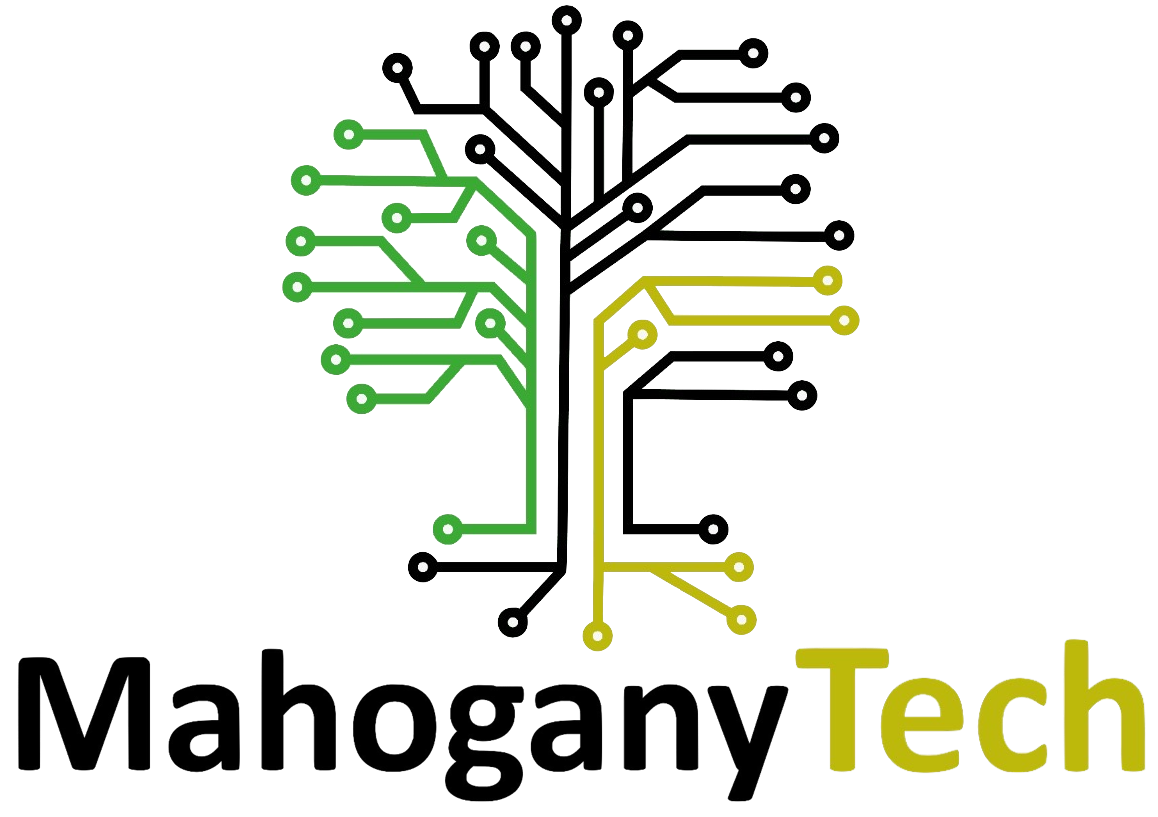The Future of Digital Marketing: 5 Trends You Need to Know
The Evolution of Digital Marketing
Digital marketing has come a long way since its inception. In the early days, it consisted mainly of banner ads and email marketing. However, with the rapid advancement of technology, digital marketing has evolved into a complex and dynamic field. Today, it encompasses a wide range of strategies and techniques that help businesses reach their target audience and achieve their marketing goals.
Staying up-to-date with the latest trends in digital marketing is crucial for businesses to stay competitive in today's fast-paced digital landscape. As technology continues to advance, consumer behavior and preferences also change. By keeping abreast of the latest trends, businesses can adapt their marketing strategies to meet the evolving needs of their target audience.
Trend #1: Artificial Intelligence and Machine Learning
Artificial Intelligence (AI) and Machine Learning (ML) are revolutionizing the way businesses approach digital marketing. AI refers to the simulation of human intelligence in machines that are programmed to think and learn like humans. ML, on the other hand, is a subset of AI that focuses on the development of algorithms that allow computers to learn and make predictions based on data.
AI and ML are being used in various ways in digital marketing. For example, chatbots powered by AI can provide instant customer support and answer frequently asked questions. AI algorithms can also analyze large amounts of data to identify patterns and trends, helping businesses make data-driven decisions. Additionally, AI-powered personalization tools can deliver customized content and recommendations to individual users based on their preferences and behavior.
The benefits of AI and ML in digital marketing are significant for both businesses and consumers. For businesses, these technologies can automate repetitive tasks, improve efficiency, and enhance the customer experience. For consumers, AI and ML can provide personalized recommendations, faster response times, and more relevant content.
Trend #2: Personalization and Hyper-Targeting
Personalization and hyper-targeting are two strategies that are gaining traction in the world of digital marketing. Personalization refers to tailoring marketing messages and content to individual users based on their preferences, behavior, and demographics. Hyper-targeting takes personalization a step further by narrowing down the target audience to a specific segment or niche.
Data collection and analysis play a crucial role in personalization and hyper-targeting. By gathering data on user behavior, preferences, and demographics, businesses can create highly targeted marketing campaigns that resonate with their audience. This data can be collected through various channels, such as website analytics, social media insights, and customer surveys.
Successful campaigns using personalization and hyper-targeting have shown impressive results. For example, Netflix uses personalization algorithms to recommend movies and TV shows to its users based on their viewing history. Amazon also utilizes personalization to suggest products to customers based on their browsing and purchase history. These personalized recommendations have been proven to increase customer engagement and drive sales.
Trend #3: Voice Search Optimization
Voice search is becoming increasingly popular with the rise of virtual assistants like Siri, Alexa, and Google Assistant. Voice search allows users to perform searches by speaking into their devices instead of typing. This trend has significant implications for digital marketing, as businesses need to optimize their content to be voice search-friendly.
Optimizing for voice search involves understanding how people use voice commands and tailoring content accordingly. For example, people tend to use more conversational language when performing voice searches compared to text-based searches. Therefore, businesses need to optimize their content with natural language and long-tail keywords that match the way people speak.
Optimizing for voice search is important because it can help businesses improve their search engine rankings and reach a wider audience. As more people rely on voice search for information, businesses that fail to optimize their content may miss out on valuable opportunities to connect with potential customers.
Trend #4: Video Marketing and Live Streaming
Video marketing and live streaming have become increasingly popular in recent years. According to Cisco, video will account for 82% of all internet traffic by 2022. This trend presents significant opportunities for businesses to engage with their audience and deliver compelling content.
Video marketing allows businesses to convey their message in a more engaging and memorable way. Videos can be used to showcase products, demonstrate how-to guides, share customer testimonials, and tell brand stories. Live streaming, on the other hand, allows businesses to connect with their audience in real-time and create a sense of authenticity and immediacy.
Successful campaigns using video marketing and live streaming have shown impressive results. For example, Red Bull's live streaming of extreme sports events has helped the brand build a loyal following and increase brand awareness. Similarly, Dove's "Real Beauty" campaign, which featured emotional videos that challenged traditional beauty standards, went viral and generated widespread media coverage.
Trend #5: Augmented Reality and Virtual Reality
Augmented Reality (AR) and Virtual Reality (VR) are two technologies that are transforming the way businesses engage with their audience. AR refers to the overlaying of digital information onto the real world, while VR creates a completely immersive virtual environment.
AR and VR are being used in various ways in digital marketing. For example, AR can be used to create interactive experiences that allow users to try on virtual clothes or visualize how furniture would look in their homes. VR, on the other hand, can be used to create virtual tours of real estate properties or simulate immersive gaming experiences.
The benefits of AR and VR in digital marketing are significant for both businesses and consumers. For businesses, these technologies can enhance the customer experience, increase engagement, and drive sales. For consumers, AR and VR can provide a more immersive and interactive experience that allows them to make more informed purchasing decisions.
The Importance of Mobile Optimization
Mobile usage has skyrocketed in recent years, with more people accessing the internet through their smartphones and tablets. According to Statista, mobile devices accounted for 54.8% of global website traffic in the first quarter of 2021. This trend highlights the importance of mobile optimization for businesses.
Mobile optimization involves designing websites and content to be mobile-friendly and responsive. This means ensuring that websites load quickly, are easy to navigate on small screens, and have a user-friendly interface. Mobile optimization also includes optimizing content for mobile devices, such as using shorter paragraphs, larger fonts, and mobile-friendly images.
Mobile optimization is crucial because it can significantly impact a business's online visibility and user experience. Websites that are not optimized for mobile devices may have higher bounce rates and lower search engine rankings. Additionally, consumers are more likely to engage with businesses that provide a seamless mobile experience.
The Role of Social Media in Digital Marketing
Social media has become an integral part of people's lives, with billions of users worldwide. According to Statista, there were 4.33 billion social media users in 2021, and this number is expected to grow in the coming years. This trend highlights the importance of social media for businesses looking to reach their target audience.
Social media provides businesses with a platform to connect with their audience, build brand awareness, and drive engagement. It allows businesses to share content, interact with customers, and gather valuable insights about their target audience. Social media also provides opportunities for businesses to run targeted advertising campaigns and reach a wider audience.
Successful social media marketing requires a strategic approach. Businesses need to identify the social media platforms that their target audience uses the most and tailor their content accordingly. They also need to engage with their audience by responding to comments and messages promptly. Additionally, businesses should track their social media metrics to measure the success of their campaigns and make data-driven decisions.
The Rise of Influencer Marketing
Influencer marketing has gained significant traction in recent years, with businesses leveraging the influence of social media influencers to promote their products or services. Influencer marketing involves partnering with influencers who have a large following and a strong influence over their audience.
Influencer marketing offers several benefits for businesses. Firstly, it allows businesses to tap into the influencer's loyal and engaged audience, which can help increase brand awareness and drive sales. Secondly, influencers can provide authentic and relatable content that resonates with their audience, helping businesses build trust and credibility. Lastly, influencer marketing can be more cost-effective than traditional advertising methods, especially for businesses with limited marketing budgets.
Successful campaigns using influencer marketing have shown impressive results. For example, Daniel Wellington, a watch brand, collaborated with influencers on Instagram to promote their products. This campaign helped the brand gain widespread exposure and increase sales. Similarly, Glossier, a beauty brand, leveraged the influence of beauty bloggers and YouTubers to create buzz around their products and generate word-of-mouth marketing.
Conclusion: Preparing for the Future of Digital Marketing
In conclusion, digital marketing is constantly evolving, and businesses need to stay up-to-date with the latest trends to stay competitive. The trends discussed in this article, including AI and ML, personalization and hyper-targeting, voice search optimization, video marketing and live streaming, AR and VR, mobile optimization, social media marketing, and influencer marketing, present significant opportunities for businesses to connect with their audience and achieve their marketing goals.
To prepare for the future of digital marketing, businesses should invest in technologies like AI and ML to automate tasks, improve efficiency, and enhance the customer experience. They should also focus on personalization and hyper-targeting to deliver customized content and recommendations to individual users. Additionally, businesses should optimize their content for voice search to reach a wider audience.
Furthermore, businesses should embrace video marketing and live streaming to engage with their audience in a more interactive and immersive way. They should also explore the possibilities of AR and VR to create unique and memorable experiences for their customers. Additionally, businesses should prioritize mobile optimization to provide a seamless mobile experience and reach the growing number of mobile users.
Lastly, businesses should leverage the power of social media to connect with their audience, build brand awareness, and drive engagement. They should also consider incorporating influencer marketing into their strategies to tap into the influence of social media influencers.
By staying up-to-date with the latest trends and embracing new technologies and strategies, businesses can position themselves for success in the ever-changing world of digital marketing.
